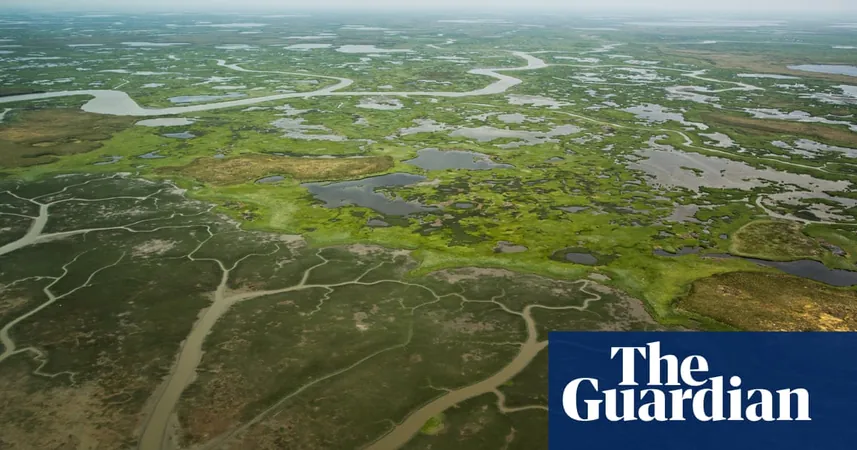
Alarming Discovery: One-Third of Arctic Carbon Sink Now Emits CO2, Paving Way for a Warming Future!
2025-01-21
Author: Benjamin
Groundbreaking Revelations from the Arctic
A groundbreaking study published in *Nature Climate Change* has revealed that over a third of the Arctic's expansive tundra, forests, and wetlands have now turned from vital carbon sinks into significant sources of carbon emissions. This startling transformation is driven by global warming, which is rapidly ending thousands of years of carbon storage in the frozen regions of the north.
Historic Role of Arctic Ecosystems
Historically, Arctic ecosystems have played a crucial role in regulating the planet's carbon levels, sequestering vast amounts of carbon in the permafrost. However, researchers found that more than 30% of this region has become a net source of CO2 emissions, a figure that jumps to 40% when accounting for emissions from wildfires. By analyzing monitoring data collected from 200 sites across the Arctic from 1990 to 2020, scientists are painting a concerning picture of how these ecosystems are rapidly changing in response to rising temperatures.
A Shocking Shift in Carbon Dynamics
Sue Natali, a co-author and lead researcher from the Woodwell Climate Research Center, emphasized the unprecedented nature of this shift: “It is the first time that we’re seeing this shift at such a large scale, cumulatively across all of the tundra. That’s a pretty big deal.” Natali notes the irony of this situation—despite a greening Arctic where plant growth is observed as permafrost thaws, the melting permafrost releases long-stored carbon, contributing to climate change.
Far-Reaching Implications
The implications of this study could be far-reaching. Scientists have expressed deep concern about the fundamental natural processes that regulate Earth's climate, as these processes are becoming compromised. The Earth’s oceans, forests, and soils typically absorb about half of human-made emissions, but with signs indicating that these carbon sinks are under severe stress, the stakes are higher than ever.
The Arctic Ecosystem's Carbon Reservoir
Spanning diverse areas like Siberia, Alaska, the Nordic countries, and Canada, the Arctic ecosystem has accumulated carbon for thousands of years, helping to cool the Earth’s atmosphere. However, the researchers warn that the carbon cycle in the Arctic is changing rapidly and requires more vigilant monitoring.
Alarming Changes in Permafrost
Lead author Anna Virkkala shed light on the alarming amount of carbon stored in Arctic soils—almost half of the Earth's soil carbon pool, significantly more than is present in the atmosphere. "This vast reservoir of carbon ideally should remain in the ground," she stated. As temperatures continue to rise, permafrost soils, which have traditionally remained frozen year-round, are now warming, exposing more organic matter to decomposition and prompting carbon release into the atmosphere. This phenomenon, known as the permafrost-carbon feedback, is one of the primary drivers of change in the Arctic region.
Urgency for Global Climate Action
This research underlines the urgency for global efforts to mitigate climate change, as the consequences of a warming Arctic could extend far beyond its borders, influencing climate patterns worldwide. In light of these revelations, it’s crucial for policymakers, scientists, and the public to understand the fragile balance of our planet’s climate systems and act swiftly to protect them.
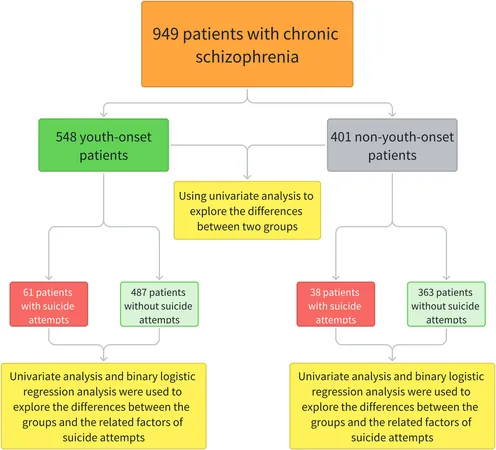



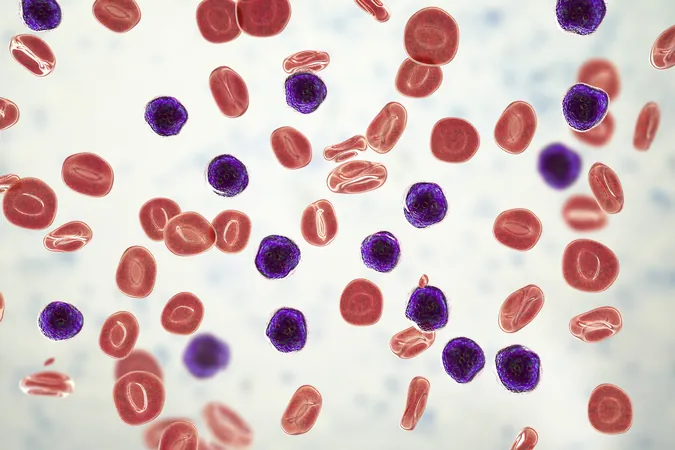


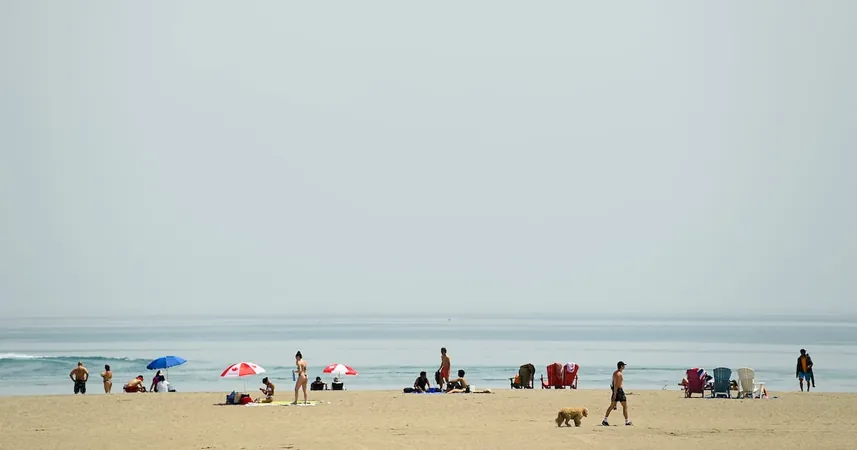
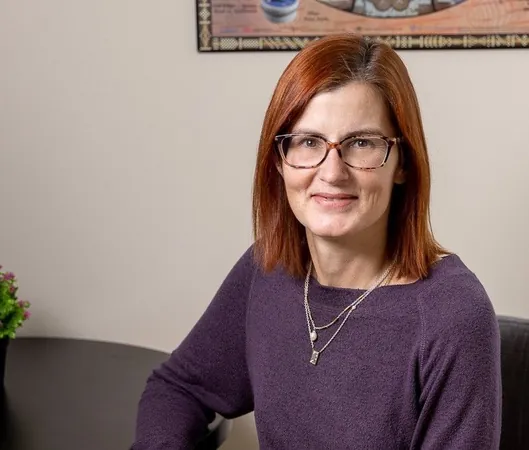
 Brasil (PT)
Brasil (PT)
 Canada (EN)
Canada (EN)
 Chile (ES)
Chile (ES)
 Česko (CS)
Česko (CS)
 대한민국 (KO)
대한민국 (KO)
 España (ES)
España (ES)
 France (FR)
France (FR)
 Hong Kong (EN)
Hong Kong (EN)
 Italia (IT)
Italia (IT)
 日本 (JA)
日本 (JA)
 Magyarország (HU)
Magyarország (HU)
 Norge (NO)
Norge (NO)
 Polska (PL)
Polska (PL)
 Schweiz (DE)
Schweiz (DE)
 Singapore (EN)
Singapore (EN)
 Sverige (SV)
Sverige (SV)
 Suomi (FI)
Suomi (FI)
 Türkiye (TR)
Türkiye (TR)
 الإمارات العربية المتحدة (AR)
الإمارات العربية المتحدة (AR)